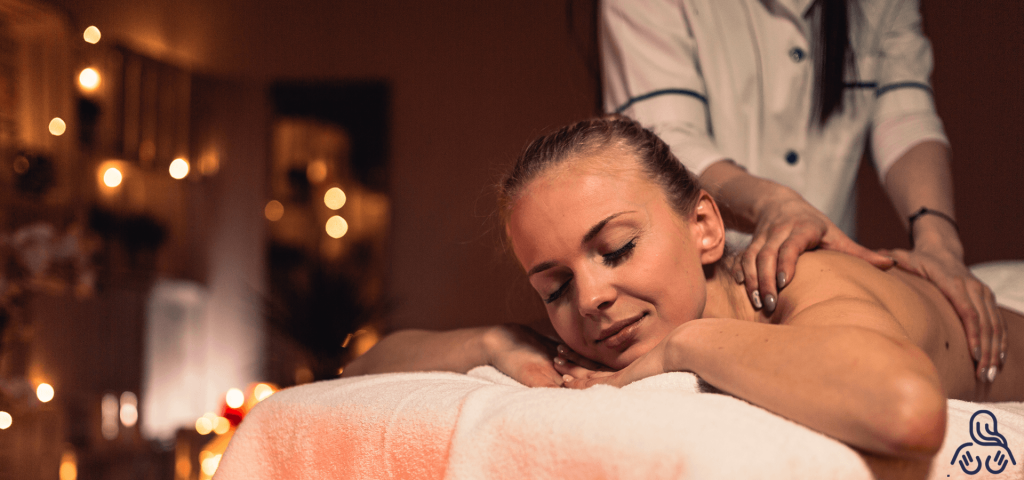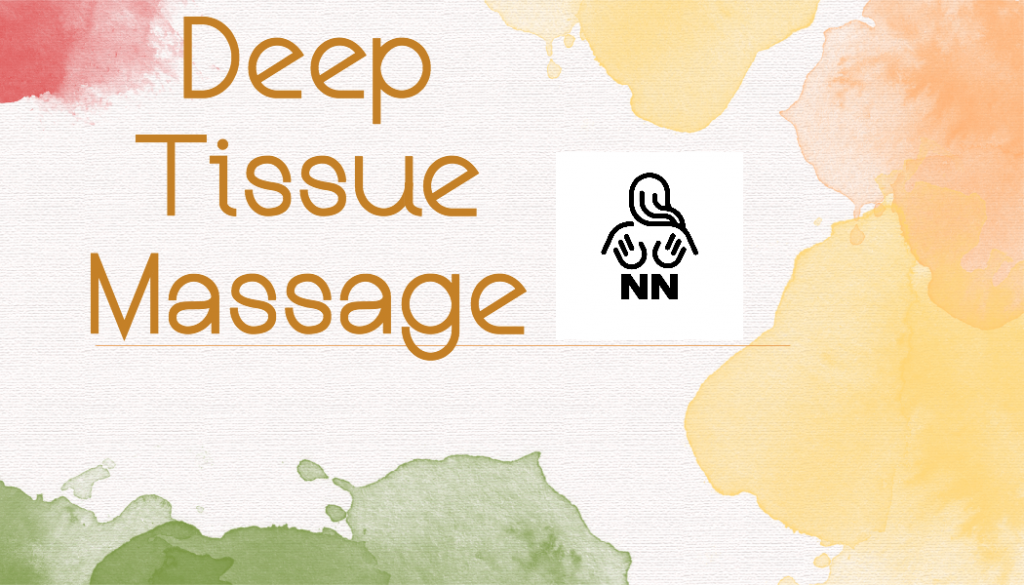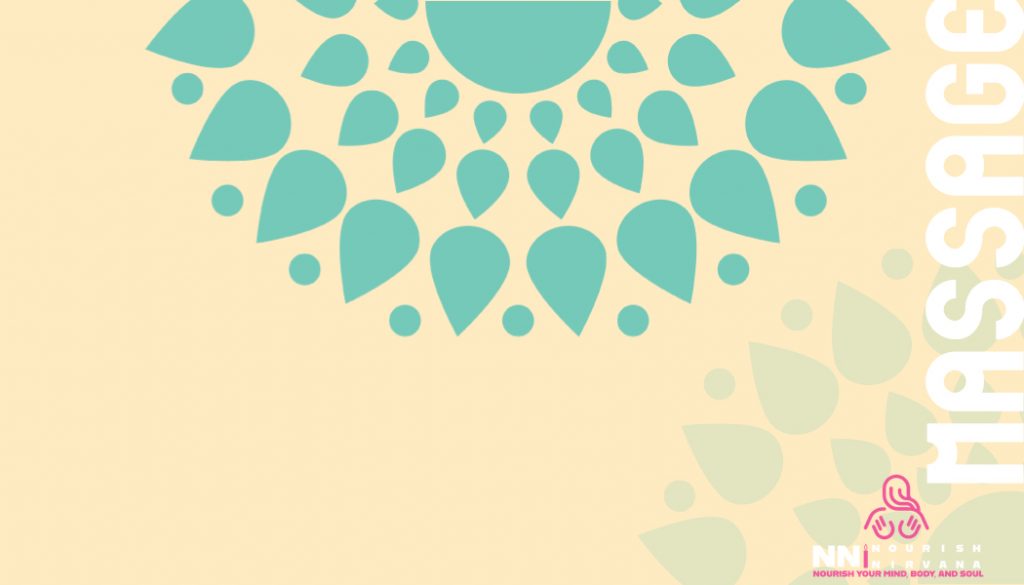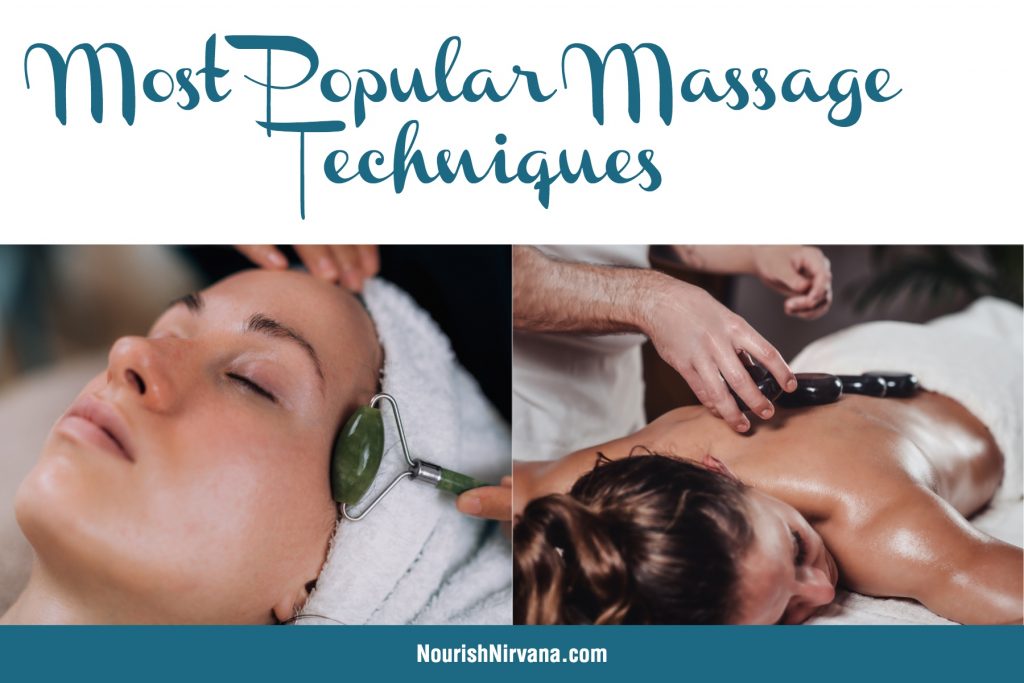Mind Over Matter: A Holistic Approach to Nourish Your Mind and Enhance Mental Well-Being

Massage therapy is often associated with physical health benefits such as pain relief, improved circulation, and reduced muscle tension. However, massage can also have a powerful impact on your mental and emotional well-being. In fact, regular massage therapy can help nourish your mind, promoting relaxation, reducing stress, and improving your overall mood.
Here are some of the ways that massage therapy can help nourish your mind:
- Reducing Stress and Anxiety Stress and anxiety are common in our modern-day lives and can have negative effects on our mental health. One of the main benefits of massage for your mind is its ability to promote relaxation and reduce stress. Stress can lead to a range of negative physical and mental health outcomes, including muscle tension, anxiety, and depression. Massage can help to alleviate these symptoms by releasing tension in the muscles, promoting deep breathing, and encouraging the release of endorphins, which are natural mood-boosters. Massage therapy can help reduce stress and anxiety by promoting relaxation and releasing tension in the body. This can lead to a decrease in the levels of cortisol, the stress hormone, and an increase in the levels of serotonin and dopamine, the “feel-good” hormones.
- Improving Sleep Poor sleep can have a significant impact on your mental health, leading to increased anxiety, depression, and irritability. Massage therapy can help promote better sleep by reducing muscle tension, promoting relaxation, and increasing the levels of serotonin and melatonin, which regulate sleep patterns.
- Boosting Mood Massage therapy has been shown to boost mood and reduce symptoms of depression by increasing levels of serotonin and dopamine in the brain. Additionally, the human touch provided by massage therapy can have a powerful impact on emotional well-being, promoting a sense of connection and reducing feelings of loneliness and isolation.
- Increasing Mindfulness During a massage session, you are encouraged to focus on your breath and the sensations in your body, promoting mindfulness and helping to quiet the mind. Massage can also help to improve mental clarity and focus. By reducing muscle tension and promoting relaxation, massage can help to quiet the mind and improve your ability to concentrate. This can be particularly helpful if you’re feeling overwhelmed or stressed at work or in other areas of your life.This can have a positive impact on mental health, reducing stress and anxiety and improving overall well-being.
- Enhancing Mental Clarity Massage therapy can also help enhance mental clarity by promoting relaxation and reducing stress. This can help you feel more alert and focused, leading to improved productivity and cognitive function. Massage can also help to enhance your self-awareness and improve your mind-body connection. As you become more attuned to your body during a massage, you may become more aware of areas of tension or discomfort that you hadn’t noticed before. This increased awareness can help you to identify and address underlying issues that may be contributing to stress or tension in your body.
How Massage Nourishes the Mind
Massage has been found to be an effective way to reduce stress, anxiety, and depression. It works by releasing tension in the muscles, which can help to lower cortisol levels (a stress hormone) in the body. This can help to promote relaxation and a sense of well-being.
In addition to reducing stress, massage has been found to have a positive impact on mood. It can increase the levels of serotonin and dopamine, which are neurotransmitters that play a role in regulating mood and emotions. This can help to alleviate symptoms of depression and anxiety and promote a more positive outlook.
Massage can also improve mental clarity and focus. By reducing muscle tension and promoting relaxation, massage can help to calm the mind and improve cognitive function. This can lead to increased productivity and better decision-making.
What to Expect During a Massage
During a massage, you can expect to lie on a comfortable table while the massage therapist works on different areas of your body using a variety of techniques. You may be asked to undress to your comfort level, but you will always be draped with a sheet or towel for modesty.
The massage therapist may use oils or lotions to help their hands glide smoothly over your skin. They may use a combination of long, sweeping strokes and more targeted pressure to work out any tension or knots in your muscles.
After the massage, you may feel relaxed and rejuvenated. It’s important to drink plenty of water to help flush out any toxins that were released during the massage.
In conclusion, massage therapy is not only a beneficial practice for physical health but also has numerous mental health benefits. By promoting relaxation, reducing stress and anxiety, improving sleep, boosting mood, increasing mindfulness, and enhancing mental clarity, massage therapy can help nourish your mind and improve your overall well-being. So, if you’re looking for a way to support your mental health, consider incorporating regular massage therapy into your self-care routine.Whether you’re dealing with stress, anxiety, or simply need a break from the daily grind, a massage can provide the relaxation and rejuvenation you need to feel your best.



